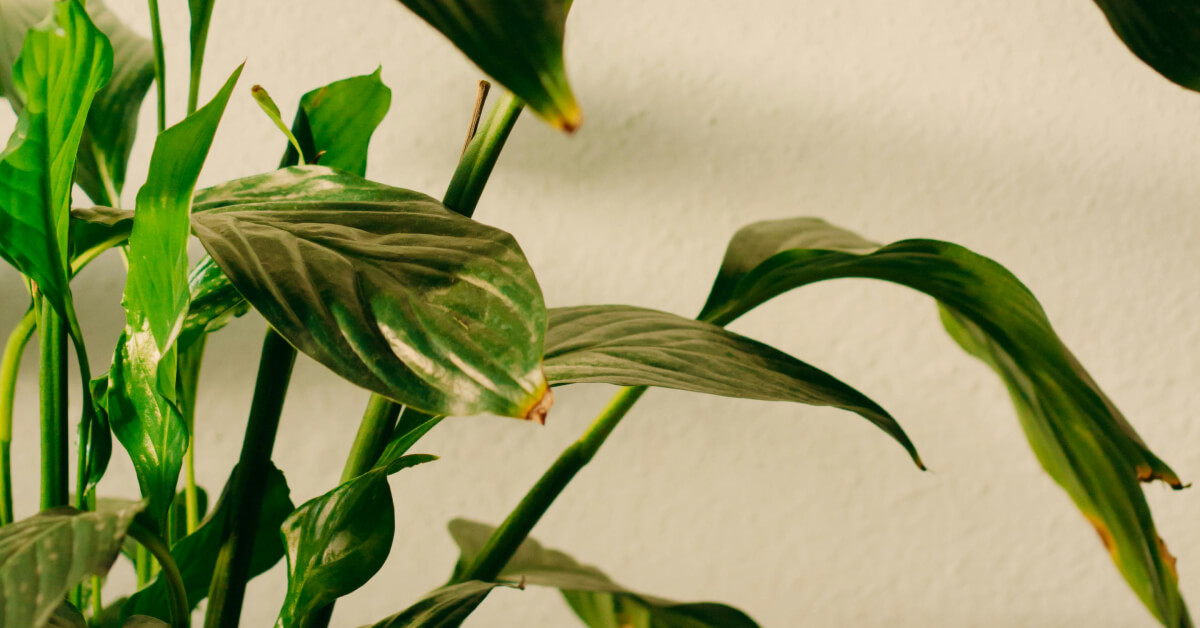Bringing plants indoors is more than a stylistic choice. It’s a commitment to care, attention, and ongoing dialogue with a living organism that cannot speak—at least not in the way we’re used to. But if you look closely, your plant is always communicating. Through color, shape, posture, and rhythm, it expresses its health, stress, and needs in remarkably consistent ways.
Learning to read these signs is not just a skill—it’s a shift in awareness. It brings you closer to nature, even inside your home, and cultivates a deeper sensitivity to life unfolding in real time.
Leaves as Language
The most direct form of communication from your plant comes through its leaves. They’re like open pages—if you know how to read them.
- Yellowing leaves
Often a sign of overwatering or poor drainage. But it can also signal nutrient deficiency, especially nitrogen. Pay attention to which leaves are turning yellow. If it’s older leaves at the base, it’s often natural. If it’s new growth, your plant may be in distress. - Crispy edges or brown tips
Common in low-humidity environments or near heaters and windows. It might also indicate salt buildup in the soil from fertilizer. Try increasing humidity or flushing the soil gently with clean water. - Drooping or limp leaves
A universal stress signal. Often caused by either underwatering or overwatering—yes, both. The key is to check the soil moisture. If it’s bone dry or soggy, adjust accordingly. - Spots, splotches, or holes
These could mean pests or fungal issues. If you see tiny dots or webbing, inspect closely for spider mites or thrips. Use a damp cloth or neem oil as a first-line, gentle response. - Curled or cupped leaves
This can be a reaction to temperature extremes, direct sunlight, or inconsistent watering. Some plants curl in defense when they’re stressed or drying out too quickly.
Growth Patterns That Tell a Story
Beyond leaves, your plant’s growth habits are revealing:
- Leggy growth (long stems with few leaves)
Your plant is reaching for light it can’t find. This is especially common in winter. Consider rotating the plant or moving it closer to a light source. - Sudden leaf drop
If a plant sheds many leaves at once, it may be reacting to a shock—change in environment, repotting, temperature drop. Most plants stabilize with time, but gentle support (watering consistency, humidity, stable lighting) helps. - Stunted growth
If your plant hasn’t grown in months and it’s not a dormancy period, check for root crowding, poor soil quality, or lack of nutrients. Repotting or fertilizing lightly in spring can help.
Soil and Root Clues
While less visible, what happens below the surface matters just as much.
- Moldy or smelly soil
Indicates poor drainage and fungal growth. It may also mean the plant is being watered too often. Consider improving airflow, using a well-draining mix, or replacing the top layer of soil. - Roots poking through the bottom of the pot
Your plant is root-bound—meaning it has outgrown its pot. This can slow growth and water absorption. Repot into a container 1–2 inches wider with fresh soil to relieve stress.
The Value of Slowness
Plants don’t react instantly. Their signs unfold over days, sometimes weeks. The key to understanding them isn’t speed—it’s presence. Observing your plant daily, even for a few seconds, will sharpen your intuition. You’ll notice the subtle ways it changes with light, temperature, and time.
That daily awareness is part of the magic. It transforms care into connection.
Building a Two-Way Relationship
When you begin to see your plant not as decor but as a living, expressive companion, your entire approach shifts. You stop imposing routines and start listening. You move from correcting to supporting. From fixing to attuning.
That’s when a plant becomes more than a plant. It becomes a partner in stillness—a quiet reminder that life is always speaking, if we take the time to observe.

